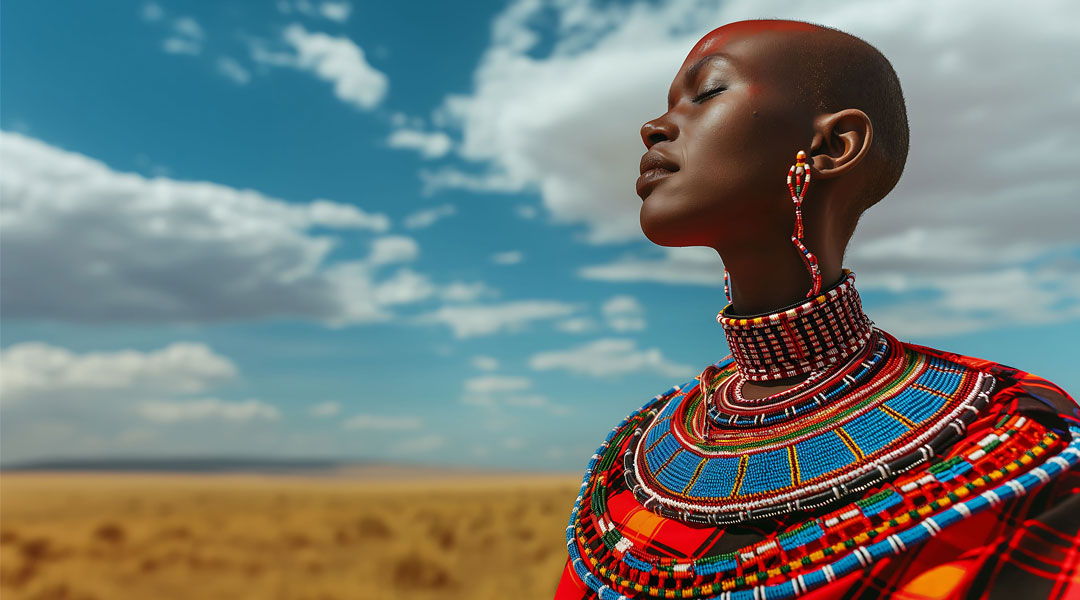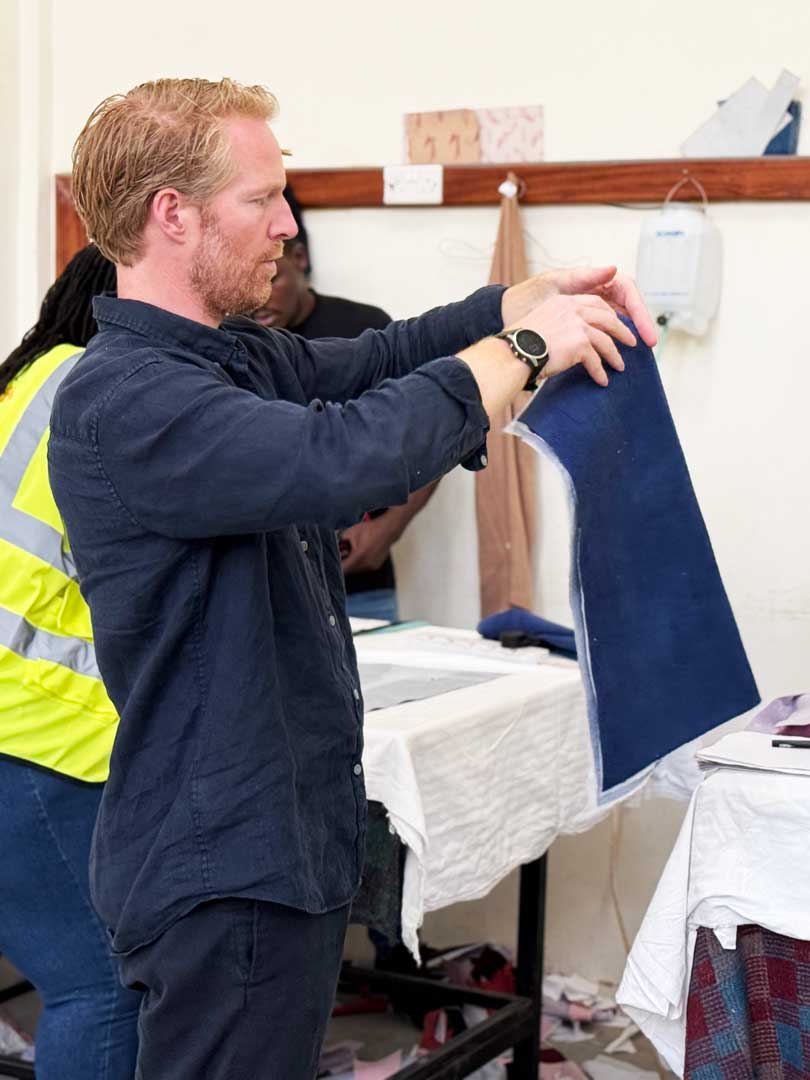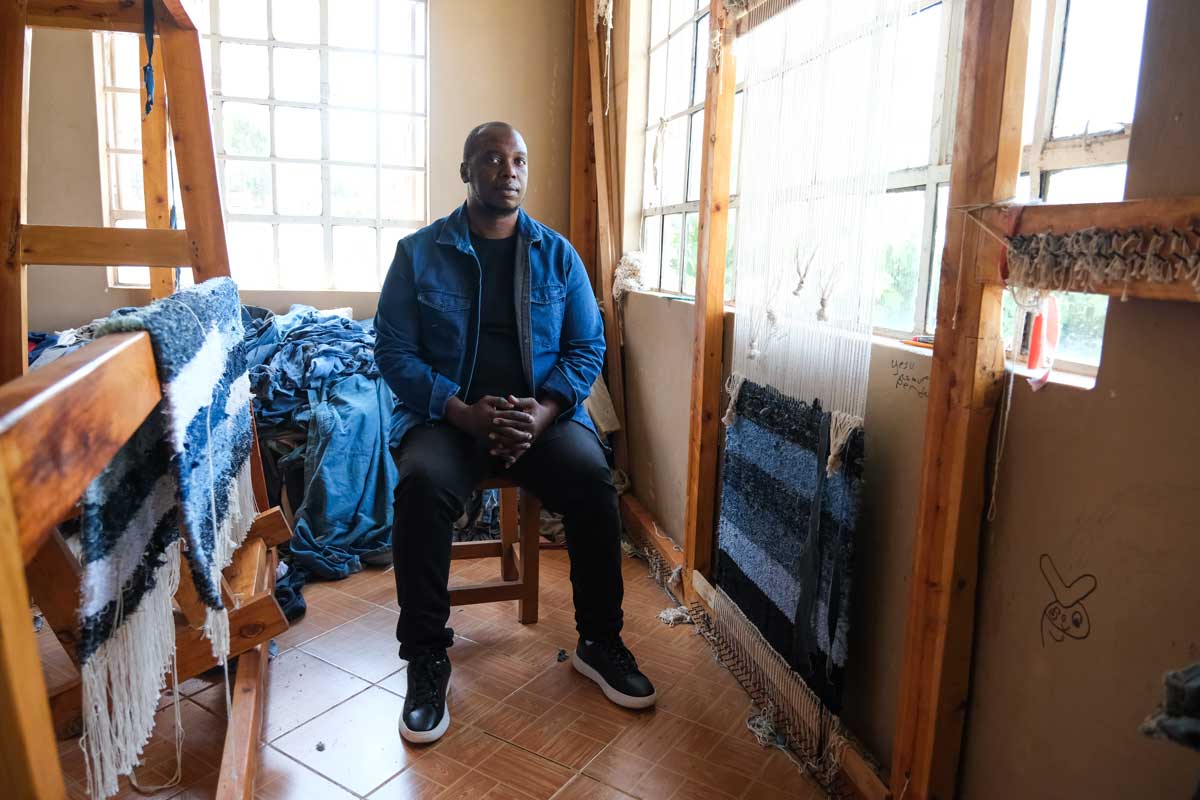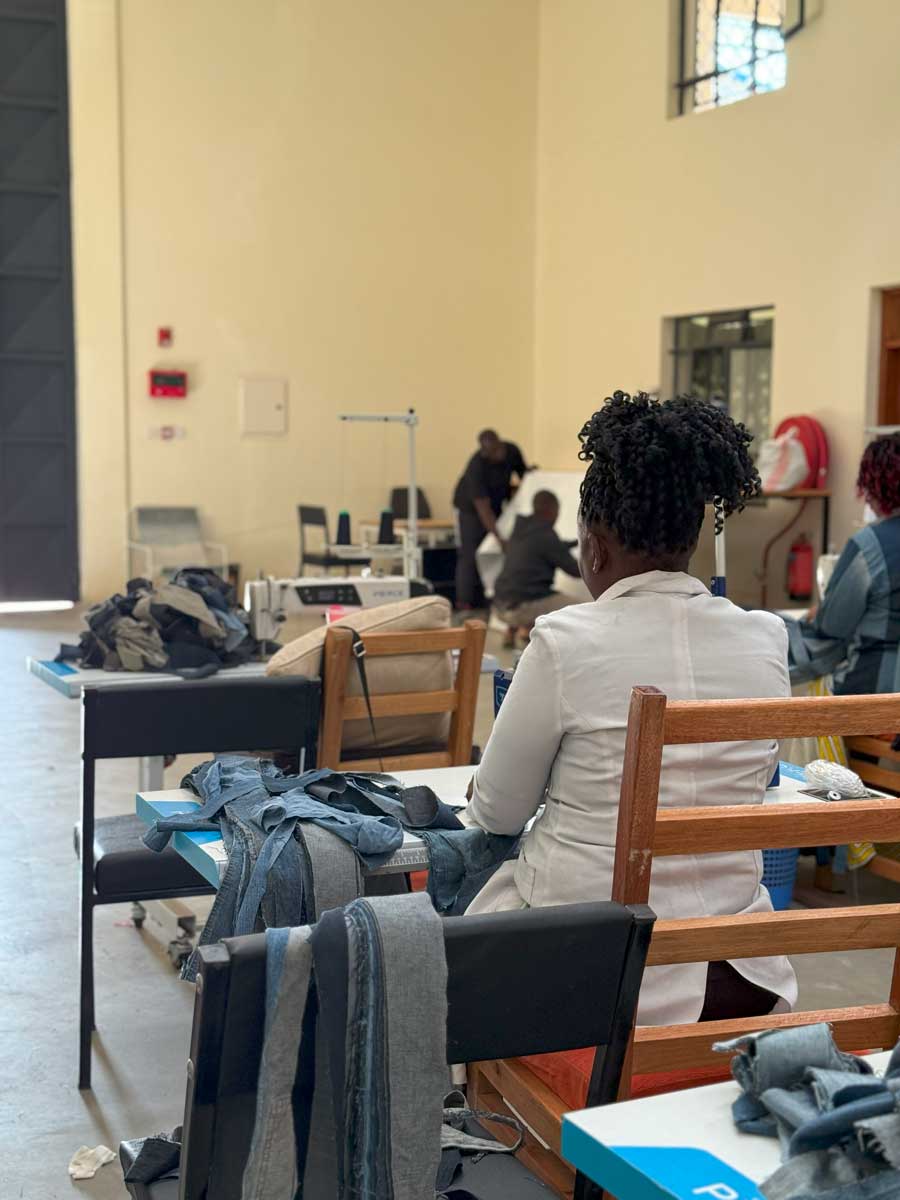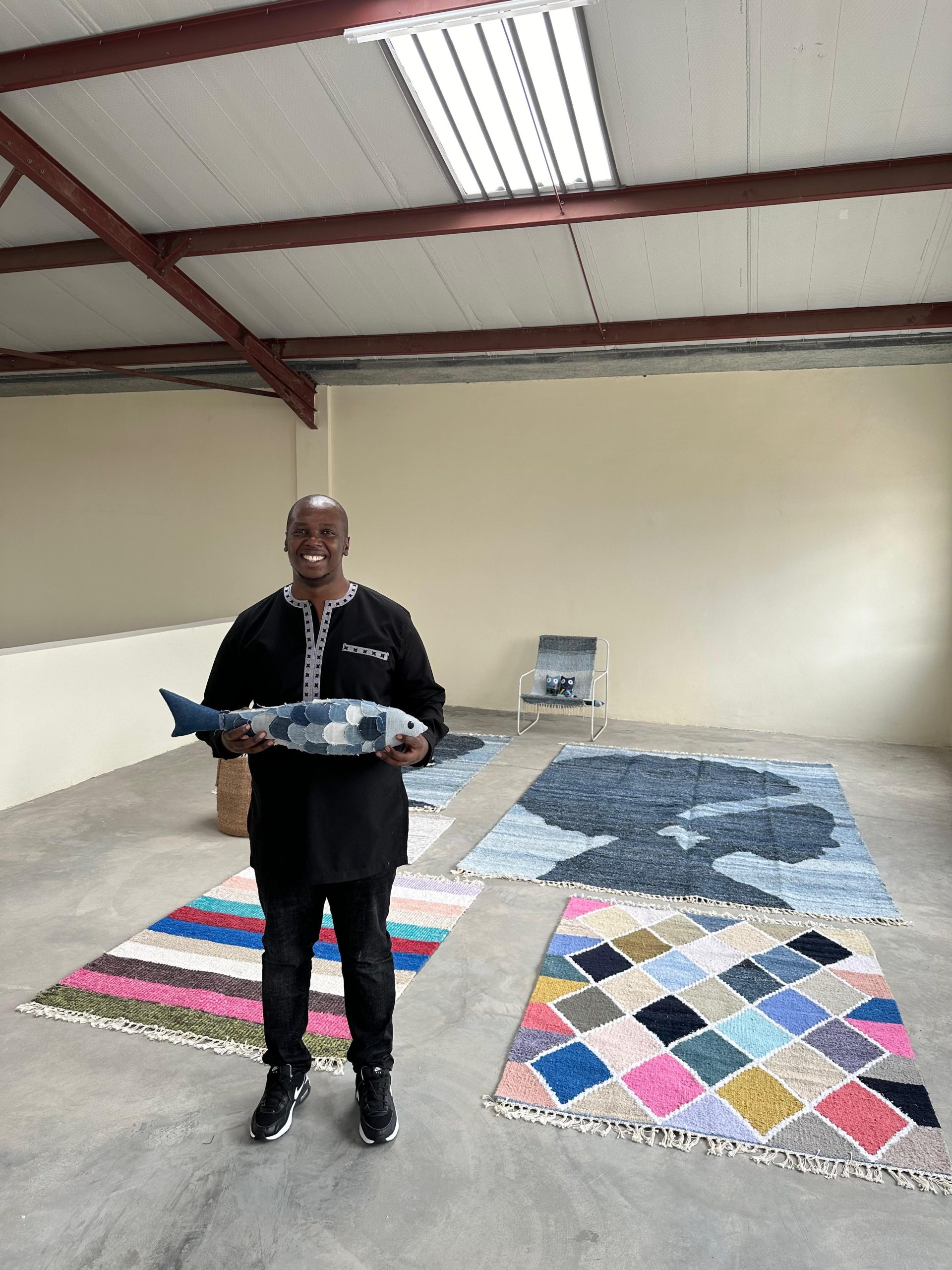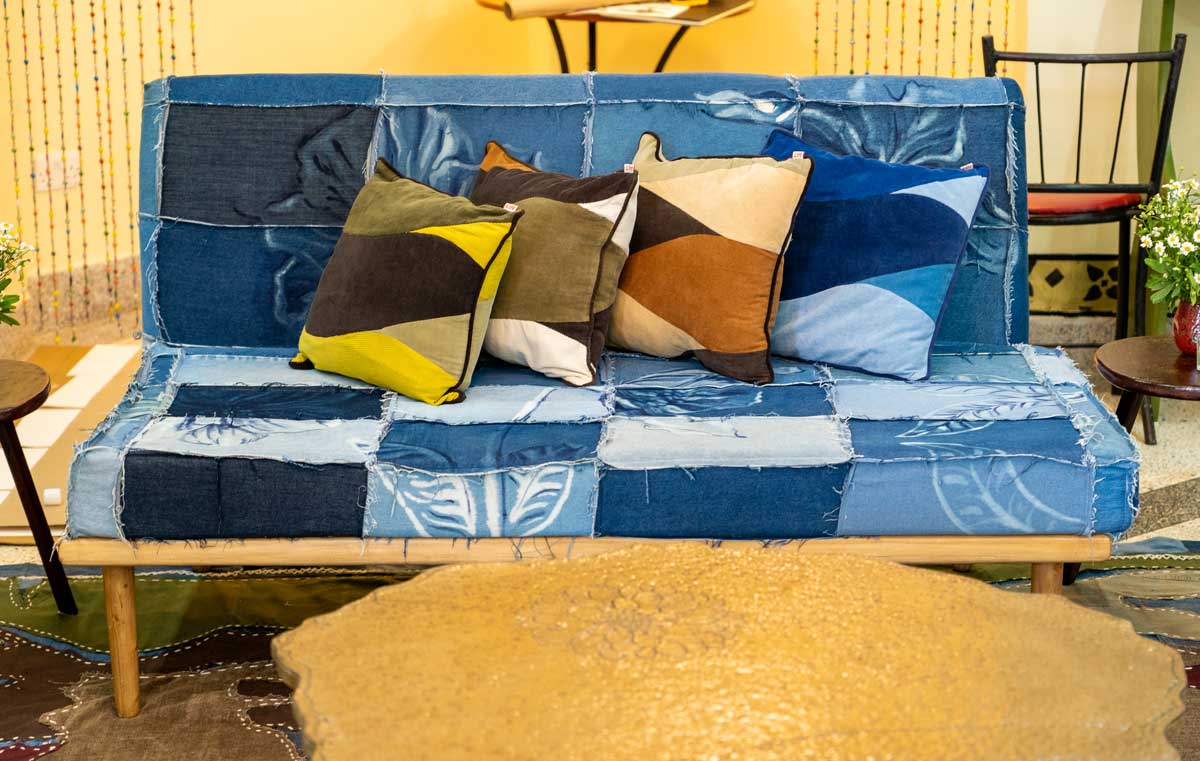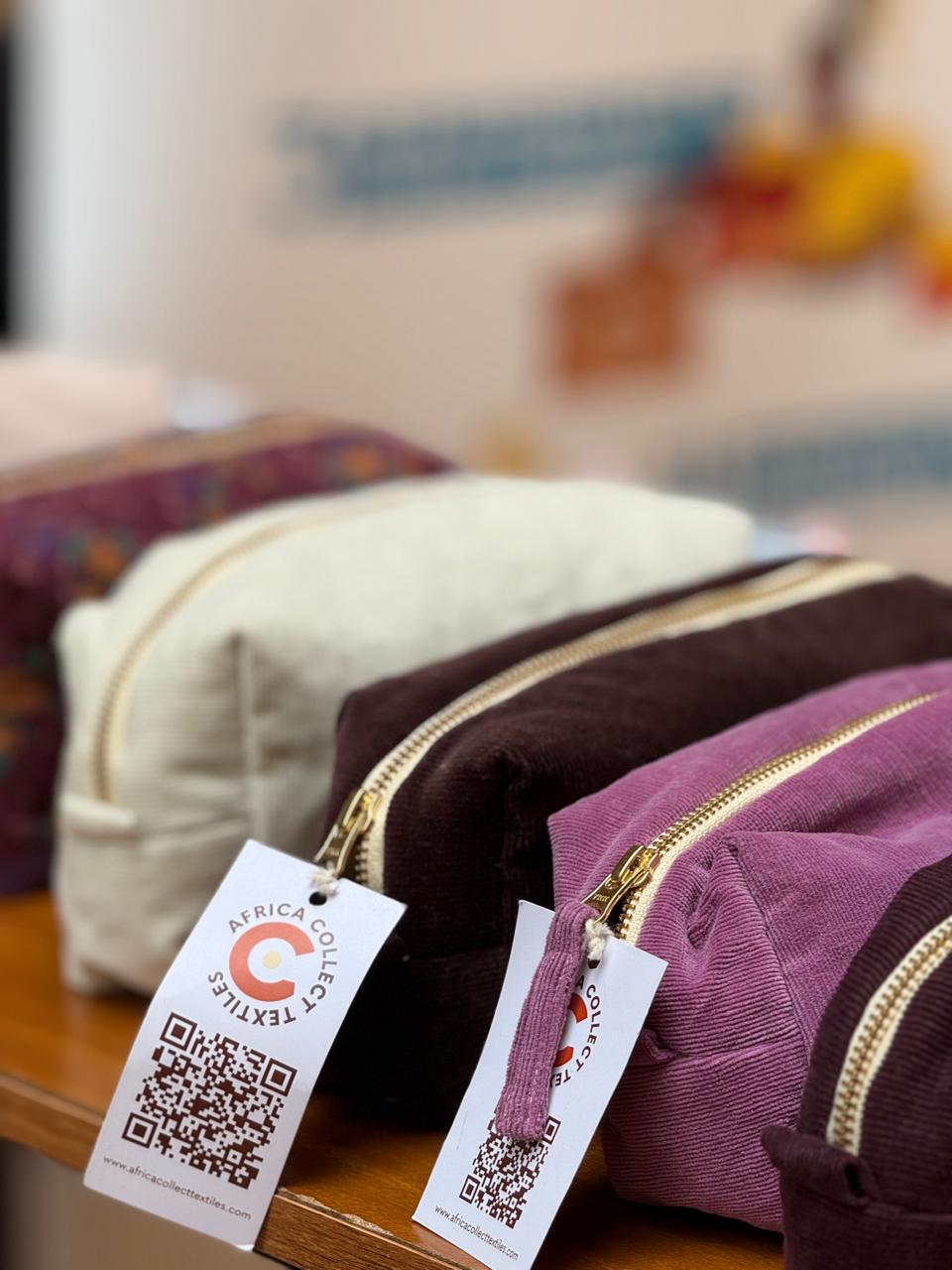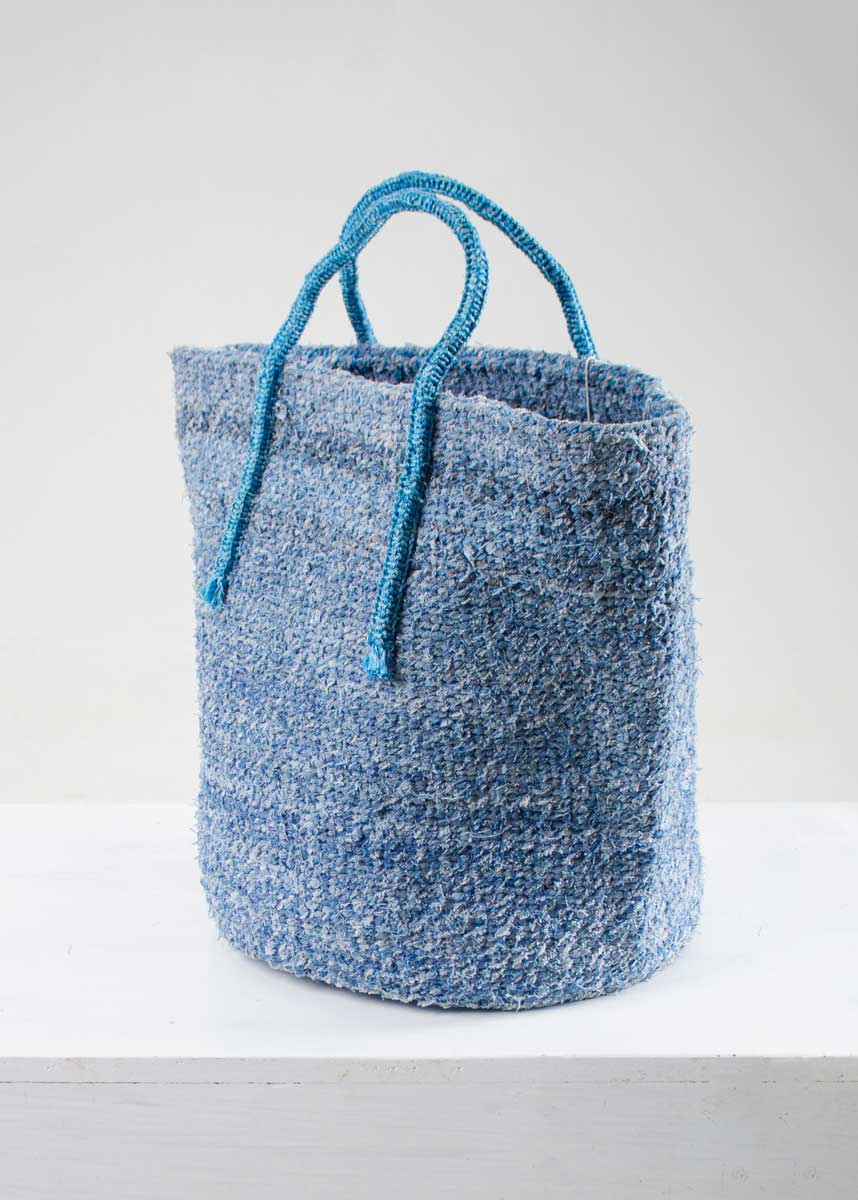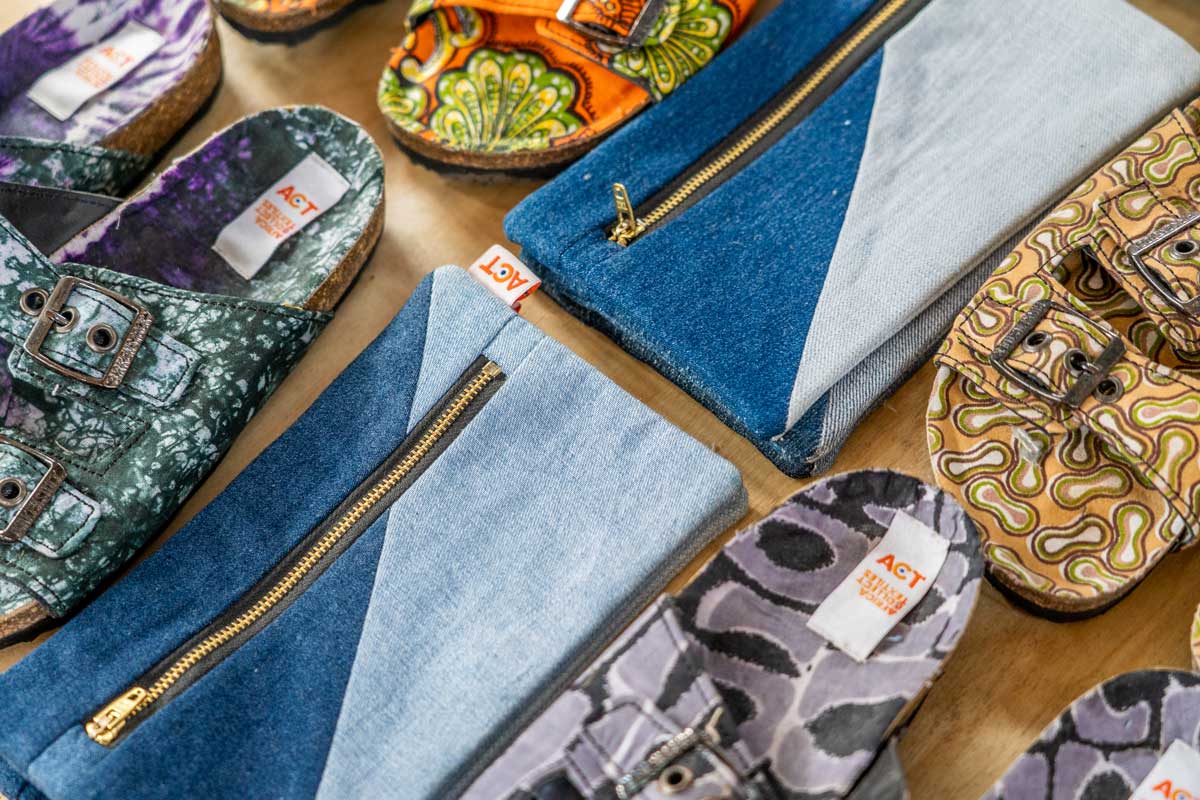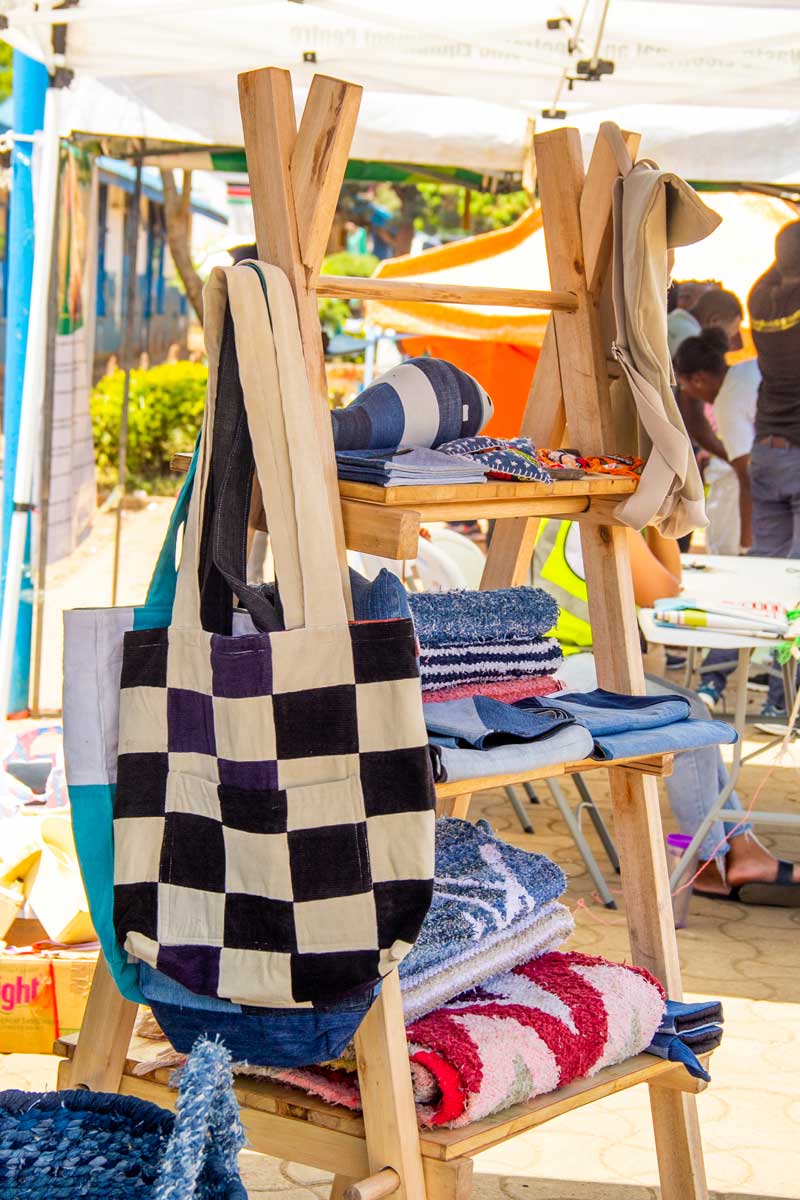CLOSING THE LOOP: How ACT Is Revolutionizing Pre-Loved African Fashion
-
Fesheni.Africa
- July 10, 2025
From Nairobi’s vibrant mitumba markets to Lagos’ dynamic fashion hustle, textile waste is a reality we see — but rarely talk about.
African Collect Textiles (ACT) is changing that narrative. We sat down with Elmar, the Dutch-born founder, who’s making waves by turning fashion’s throwaways into social and environmental treasure.
Elmar, tell us a bit about yourself and how ACT was born?
I’m originally from the Netherlands, where I began my journey working in the global secondhand clothing trade. What I learned early on is that while this trade saves CO₂ and water, it also creates serious inequality between the Global North and the South.
The Netherlands, for example, collects 50% of its used textiles — and benefits from selling them. Meanwhile, countries like Kenya are stuck around 0.1% collection. That gap sparked a big question for me: What if importing nations like Kenya could benefit too?
So, I started ACT — African Collect Textiles — with a simple mission: close the global fashion loop by giving ownership, opportunity, and voice to African communities.
Alex Musembi - Co-Founder of Africa Collect Textiles & General Manager
What exactly does ACT do — and how is it making fashion more circular?
ACT is all about textile recycling in Africa, for Africa. We collect used textiles through 41 drop-off points across Nairobi and 20 in Lagos, and even offer pick-up services for bulky volumes. We source everything from secondhand market leftovers to uniforms and off-cuts.
Once collected, we:
- Sort wearable items and supply them to women entrepreneurs in informal settlements
- Upcycle the rest into rugs, bags, toys, and more using traditional Kenyan crafts
- Export upcycled goods to Europe and the UK — flipping the narrative on mitumba and making it part of a global circular economy
- Ship recyclable fibers to international recyclers when reuse locally isn’t possible
It’s all about turning waste into work, dignity, and design.
How do you define sustainability, especially in the African fashion context?
For us, sustainability means reconnecting the end of fashion to the beginning. It’s not just about recycling — it’s about rethinking the entire system.
We enable circularity by:
- Collecting post-use garments
- Sorting and repurposing based on material type and quality
- Giving garments and people a second chance
In sustainable African fashion, we believe in systems that create local value, preserve traditional crafts, and offer fairness in trade — not just trendy buzzwords.
Is upcycling really scalable in Africa? Can it be a sustainable business model?
It’s tough — but worth it. Upcycled fashion is labour-intensive, involving steps like sorting, cleaning, and disassembling garments before re-creation. That’s a lot more work than just cutting from a fresh roll of fabric.
But we’re working to make upcycled fashion faster and more affordable. The reality is, circular fashion needs the same level of investment and innovation that the fast fashion industry once received.
Once international policies demand that clothes include 20% recycled content, countries like Kenya must be ready. Otherwise, we risk being excluded from global markets.
Can you speak on policies that could either boost or block sustainability efforts like ACT?
Policy is everything. The new Extended Producer Responsibility (EPR) laws in some regions, like the EU, are a game-changer. They require brands to pay a “waste fee” per garment — around 3–6 euro cents.
If that fee follows the clothing to Kenya, it could fund collection, sorting, and recycling infrastructure here. But for that to work, we need Producer Responsibility Organizations (PROs) to collaborate across borders.
We also need enforcement of existing bans — like those against burning textiles in the open. It still happens a lot. ACT wants to offer safe, sustainable disposal services to businesses, governments, and institutions — we just need the support.
What have been some major milestones — and low moments — in ACT’s journey?
Highlights? Seeing upcycled Kenyan goods sell in Europe. That moment felt like true circularity — taking mitumba full circle and turning it into value again.
Lows? Discovering how difficult it is to scale upcycling without significant funding. Or seeing well-designed circular items end up burnt or trashed because there’s no infrastructure to handle them.
Still, every challenge confirms we’re on the right path. ACT is growing, and with the right partnerships, we believe we can change the future of fashion from Nairobi, Lagos, and beyond.
What’s next for ACT? What’s the big vision?
We’re working to install fiberisation technology that will allow us to break down old textiles into fibers ready for spinning. That means Kenya could complete the full circular chain — from cotton farming to yarn production to upcycled design.
Imagine: African fashion that is not only made here but re-made here too. That’s the dream.
We also want ACT to inspire policy change, consumer behavior shifts, and a legacy of empowerment through circular design. It’s not just about clothes — it’s about systems, livelihoods, and equity.
What advice would you give to African designers or youth wanting to join the sustainable fashion space?
Start with what you have. Sustainability isn’t about perfection — it’s about progress. Rework that mitumba piece. Learn a traditional technique. Talk to your community. Partner with recyclers.
And most importantly — tell your story. People are ready for a new fashion narrative — and Africa’s got it.
Final Word: A Fashion Future Rooted in Africa
ACT is proving that sustainable African fashion isn’t a distant dream — it’s already happening. From Ankara upcycled into bags, to waste turned into work, the brand is redefining how we see fashion waste.
